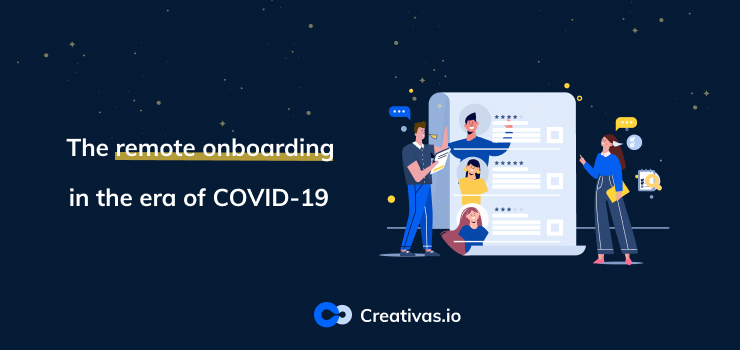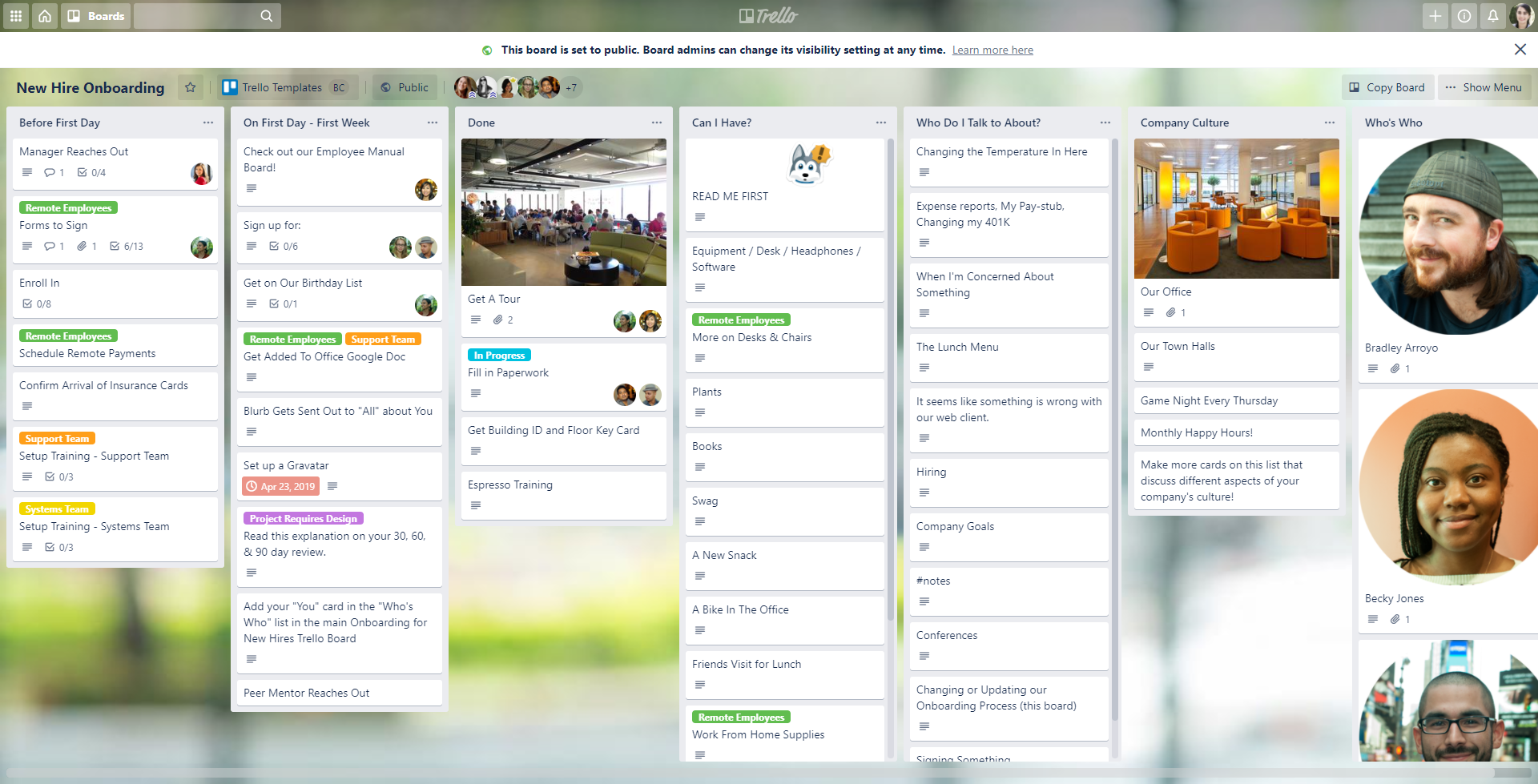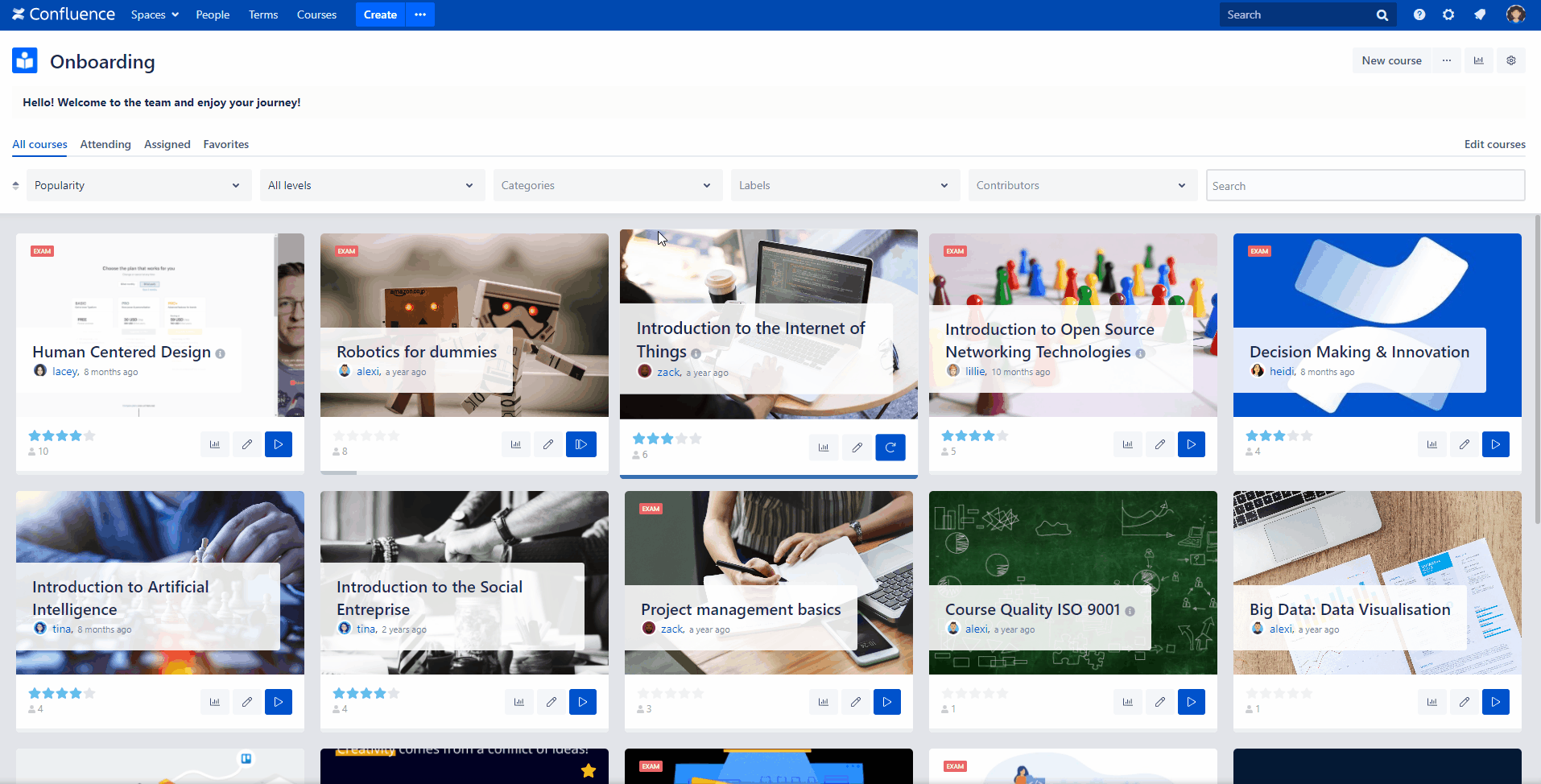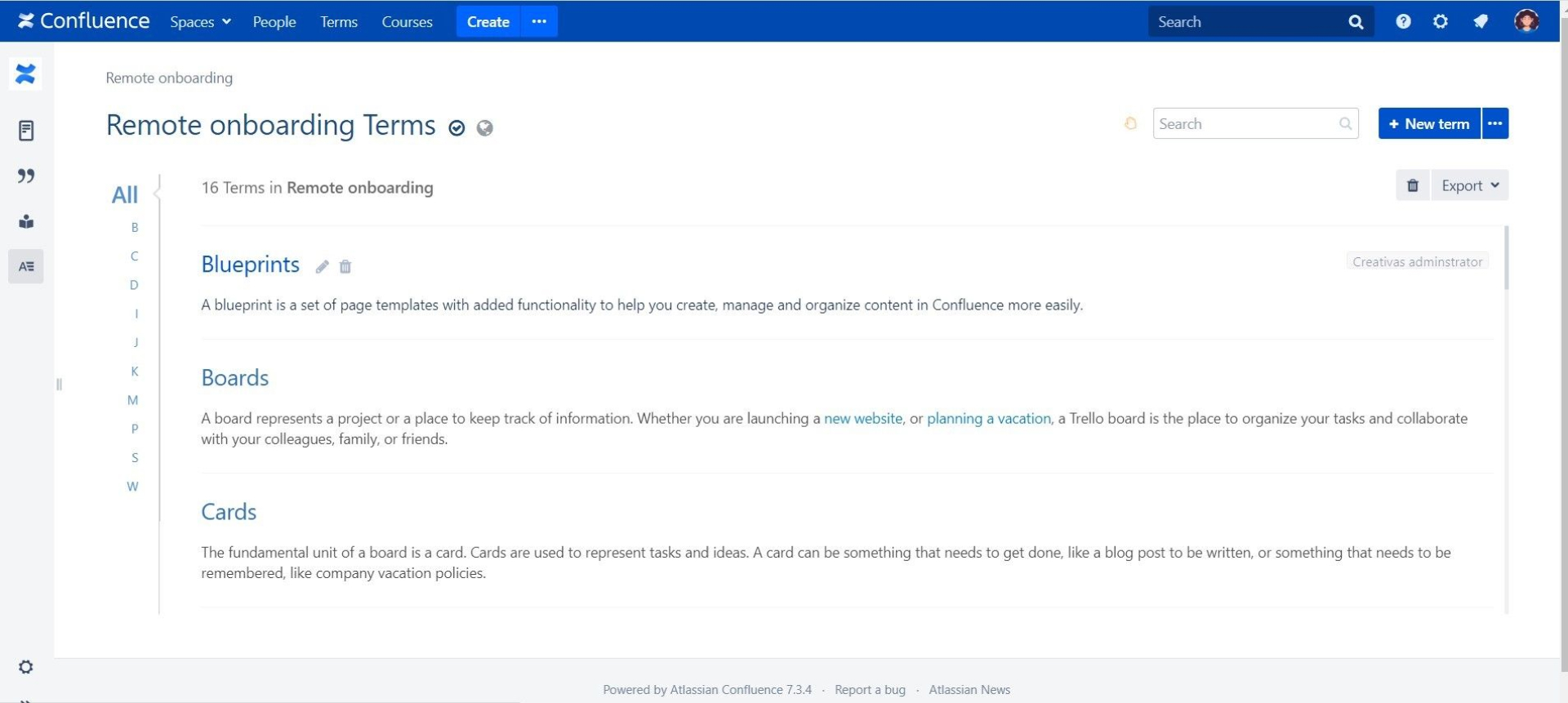
The remote onboarding in the era of COVID-19: for Confluence users only
Paris, 13 March:
After a long selection process, we finally found a suitable candidate for the vacant job position in Creativas: young, active, motivated with the requested knowledge and skills; just the perfect match.
The new hire was overwhelmed to meet the rest of the team, join our Paris office, and start his new journey.
However, things didn’t go as expected, COVID-19 spread widely in France, and the government announced a country lockdown.
Remote work was an easy-to-go option for our team, as we were already familiar with online collaboration and project management tools such as Confluence, Trello, Jira…
But what about our new hire, doesn’t seem to be an excellent start for him, right?
The same situation encountered by many businesses across the world where many leading tech companies in Silicon Valley, like Microsoft, Facebook, Apple… considered remote and flexible work as the new standard.
Here are some tips on how we used Confluence and other Atlassian apps to successfully onboard our new collaborator:
Tip 1: One is enough, don’t get lost between spaces
Create just one onboarding space in Confluence: Centralize all the resources in one space by creating different pages for each phase of your remote onboarding. This helps new hires to get back always to the same references whenever they feel lost. Gather all your docs and links in just one place…everything you need in the same space!
You can start by using the 90-day plan template for Confluence. Atlassian recommends dividing the page into two sections: one at the top for quick links and one at the bottom for internal glossaries and resources.

Tip 2: Set up an onboarding process board
With the help of Trello or any similar tool, create a board mentioning pre-boarding and onboarding steps, tasks, and actions assigned to specific team members with deadlines, checklists…

Tip 3: Meet the squad and virtual office tours
There are two ways to present the team members to the new hires: ask them to make short funny videos to introduce themselves individually.
Or, you can schedule a virtual get-together using Zoom, Slack, Google meet, or any other video conferencing tools.
Share with them some pictures of your old team building activities, events, office parties…
Tip 4: Introduce all the tools you use in your company
While remote onboarding, gather all the tools your organization frequently uses; provide a detailed introduction or a demonstration about how each tool works and which parts are more relevant to your context.
In our case, we built an interactive course for each tool using Smart Courses. We categorized these courses into the onboarding category within the “Remote Onboarding” space.

Check these Atlassian tools for stronger remote teamwork collaboration.
Tip 5: Build your organization glossary
Make a glossary with the frequently used terms in your organization to familiarize the newbies with your company jargon.
Check Smart Terms to know how to build a glossary within Confluence with enriched media assets.

Tip 6: Learn about the organization
Build informative courses about your organization’s culture, products, and services using a dash of media types with a powerful and rich course editor supporting images, videos, audio, Slideshare, PDFs, webpages…
Tip 7: Add the new hire to your social groups
In the absence of team buildings and coffee breaks, making the newbie feel welcomed is still possible. Make the new hire feel like a part of the family: share some fun via your social media groups, or enjoy remote after work( video games, movies…)
Tip 8: A bit of fun never hurts
Gamification can help new hires to familiarize themselves with the organization culture.
Get inspired and know how Atlassian teams are doing virtual team building activities.
Tip 9: Ask your buddy anything:
Assign a buddy ( teammate) to guide the newbies in their first steps.
Tip 10: Check newbies “go with the flow”
How is that? By verifying course progress for each newbie or quiz results, you can evaluate your remote onboarding’s success rate.
After providing all necessary resources to the newbies, the department manager, or the ones in charge, need to track their progress. As we are using Smart Courses, we used the exam mode option and the metrics module. Later on, we assigned other courses to the newbies depending on their progress rates.
CollaborationConfluenceGlossaryOnboardingProject management

